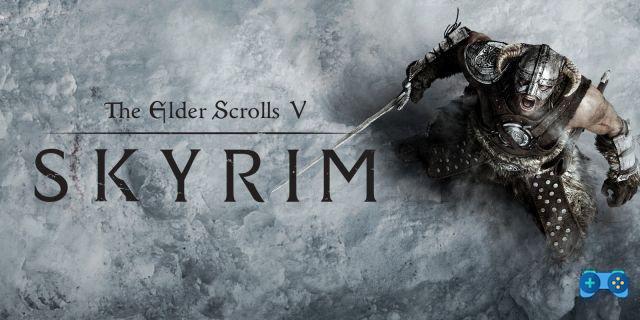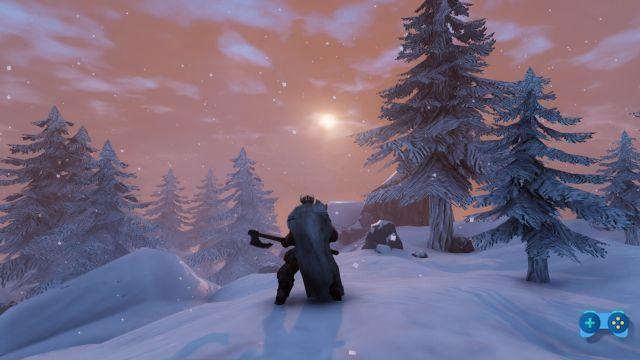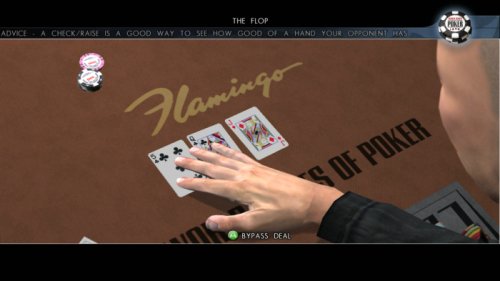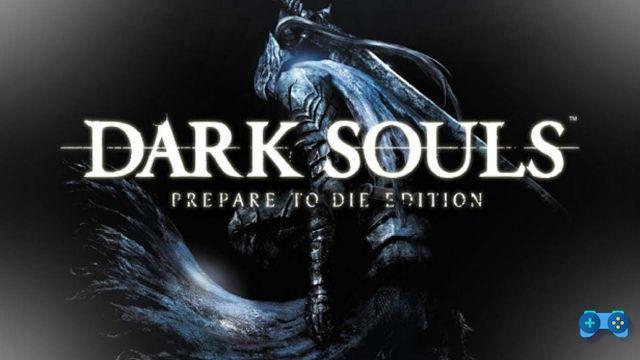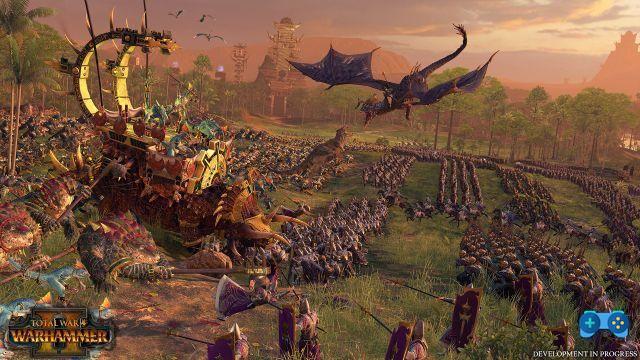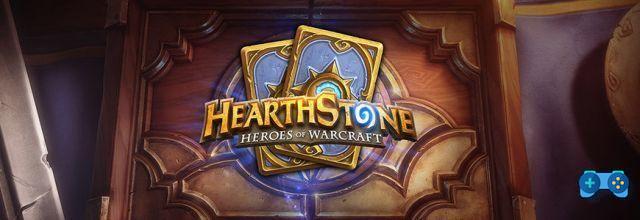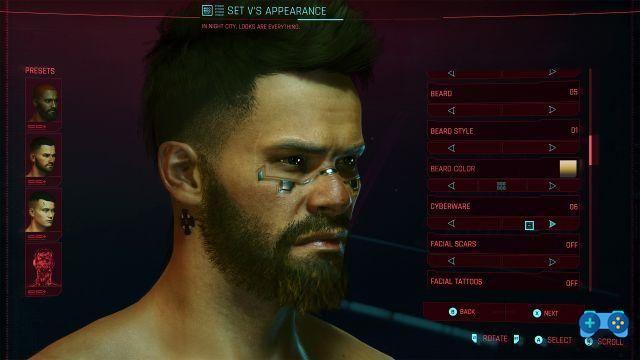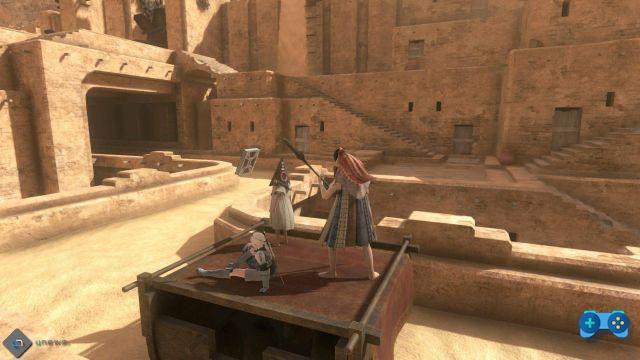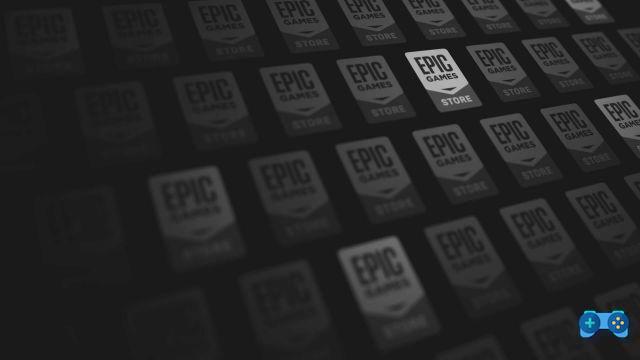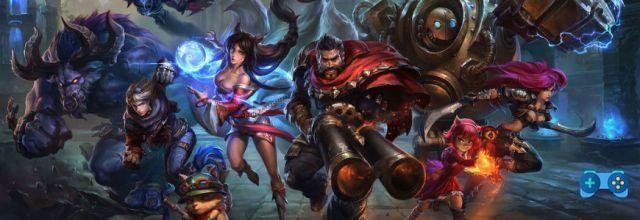
First time on League? Here is the column for you.
league of legends is without a doubt the most played free-to-play MOBA ever and more and more users are approaching it, but the game is anything but simple: in addition to team spirit and strategy, to take home the victory you need to know many other elements and exploit them to your advantage. Well, if you are new to the genre but League of Legends inspires you, this new column will help you learn various roles available and, perhaps, also to understand what is right for you. In the first chapter we introduce you to basic elements valid for every role and at the top lane, which is the top lane.
BASIC ELEMENTS TO KNOW
Let's start with a little one glossary, as this guide will use various terms likely unknown to inexperienced players.
- Farm: The number of minions killed
- Feed: Having many kills with the consequent advantage or giving too many kills to an opponent.
- Trade: Literally damage exchange between players, that is, inflicting damage on the opponent and receiving it at the same time.
- Level Rush: Reach a level before your opponent or accumulate a certain level advantage over the opponent.
- zoning: Incite fear to the enemy by having aggression on your side and good management of minions, preventing you from correctly performing certain actions such as farming.
- kit: The set of spells / abilities of a champion.
- Build: The set of items / objects that the player buys, which varies according to how the game evolves. Ex .: building AD means buying items from Attack Damage (physical damage).
- Vision Control: Manage the vision of the river and the bush / bushes in order to defend or attack without danger.
- Carry: Carries are champions within the team that have the role of inflicting the highest damage, generally only building damage items, although there are several exceptions.
- Focus: Focus attention on a particular target, such as a particular enemy champion.
- Peel: Defend an ally from any aggression or focus by enemies. Generally, the peel is done at a carry in full combat, as it does a lot of damage but requires great protection in order not to die within seconds.
- Counter: Select a champion who has spells able to cancel some characteristics of the enemy or, in some cases, buy items useful for this purpose.
- roaming: Leaving one's lane to visit others, trying to help in killing or taking down towers.
- Early game: Phase of the match that lasts up to the 15th minute.
- Mid Game: Phase of the game from the 15th to the 30th minute.
- Late Game: Phase of the game that reaches the overcoming of 30 minutes.
Now that we have clarified the most used and basic terms, let's move on to the rules of wool. Besides obviously keeping an eye on the enemy, your attention must be focused on the following elements: minion, livelli amunmap.
- I minion, first, they allow you to receive gold useful to buy items in the shop of your base, so it is important to kill as many as possible: normally, a good farm is around 80 minions every 10 minutes, if you get to 100 it is great. They also give too experience, so doing better than the opponent usually leads to a level advantage, which is extremely useful in trades.
However, minions are not only intended to release gold and experience, but they can also make big differences in a trade. These tiny but dangerous creatures, in fact, help in combat by inflicting a small amount of damage to the opponent. In prolonged combat situations, however, they are able to inflict a very high amount of damage, especially in the early stages of the game where you are very weak. It is therefore necessary not to underestimate them and, at the same time, to be able to turn them into opportunities to win a fight not really on your side.
- The management of level it's a very underrated thing, especially among less experienced players. Making a trade when one or more levels below means starting at a disadvantage or, worse, losing it. Obviously a difference in the level does not necessarily imply a ban on fighting, as the player's ability can change the situation, but the advantage / disadvantage is felt above all at the first levels.
From the first to the third level the only difference concerns the fact of having an additional spell compared to the opponent, while at 6 things change significantly since the ultimate (final move, more powerful than the others). Obviously, even the following levels are not to be underestimated, but allow "only" to enhance the skills available. Furthermore, a sample, depending on its type, gains damage, health and resistances with each new level, so having an advantage in the latter is crucial.
- The minimapBelieve it or not, he is our best ally, even more so than team members. This is because it allows you to keep an eye on the game action in the other lanes and to check the presence / absence of certain opponents in them. Since the map is largely "obscured" by the fog of war which does not allow you to clearly see the enemy counterpart and some areas, buy and place some ward / lumi in the river or in the bushes is a very important factor. These, in fact, allow you to have a total view of a certain area within a predefined radius and for a limited period of time.
The last fundamental element, perhaps more than the others, is the mindset.
All of the above are theoretical elements and it is up to you to put them into practice in the most appropriate way. The mindset, on the other hand, is not theoretical, since it's your attitude. You have to learn to make reasoned decisions, stay calm and NOT be in a hurry. If on paper your champion is technically ahead due to the kit that counters the opponent, you don't have to make the mistake of underestimating him by getting the heat to fight and look for the kill. A negative matchup on paper, in parallel, is not necessarily the same in practice. If a player has learned to use a champion very well he knows how to adapt even in situations of disadvantage, leading you to make mistakes to counterattack and win the trade. So don't blindly trust the theory in this case and always give your best.
THE TOP LANE
Now that you know the basics of playing League of Legends, let's move on to the first of the five lanes available in the game: the top lane. The categories of champion mostly played in this lane are Tank, Bruiser e Mage.
- I Tank they are extremely resilient champions who, as a rule, stand in front of other team members and engage in all team fights, i.e. start battles. In this category we can distinguish two other subgroups: Tank puri and Juggernaut.
- Pure Tanks, as the name implies, are extremely difficult champions to kill if well equipped and almost all of them come with a kit full of armor, magic resist and health items, but have low damage.
- The Juggernaut can also be defined as "carry tank", since if left free to act they are able to eliminate one by one the members of the enemy team without almost being affected by their response shots, having a kit of skills and items that allow you to inflict high damage, however, at the expense of controls and stamina.
- I Bruiser they are champions who have a kit focused more on magical or physical damage, but at the same time try to adapt to the game by situationally building life items or resistances. All bruisers are equipped with a gap closer, that is, a spell that particularly reduces the distance from an enemy, such as a jump or sprint. Moreover, this category of champions is much more incisive in the game unlike tanks: a good bruiser, in fact, has roaming and being present on the map as its main tasks, given the large amount of damage it possesses, but at the same time it must manage itself. the lack of health available since, normally, the first items purchased focus only on damage. Obviously, you also need to understand how to behave and move based on how the game evolves.
- I Mage Top they are essentially AP (Ability Power) champion, but not all of them! To be clearer: mages are mostly used in mid lane, but several also work very well in top lane as they come with kits that can take on bruisers and tanks.
With regard to summoner spell / summoner spells selectable before each game, the main ones to be used in the top lane are the following (depending on the champion chosen):
- Flash: Practically useful in every lane, it is a gap closer that can be used both in an offensive and, above all, evasive way.
- Teleport / teleportation: The teleport is very useful to quickly offer support to another lane or to return immediately to your own.
- Ignite / Burn: Allows you to burn an enemy for a very short period of time inflicting true damage, useful for killing an opponent with very little health. Recommended only on bruisers and mages, to be avoided on tanks.
- Ghost / Spectrality: Not very useful per se, but can work on tanks due to their slowness.
All summoner spells have a charging time (cooldown) within which they cannot be activated.
They also exist the runes and the masteries that differ by champion and offer different perks in the game, but we'll talk about this in more detail in an upcoming episode of the guide.
That's all for this first episode, and hoping to have been helpful in your approach to League of Legends and the role of the top lane, we look forward to seeing you next week with more tips!
Deprecated: Automatic conversion of false to array is deprecated in /home/soultricks.com/htdocs/php/post.php on line 606




